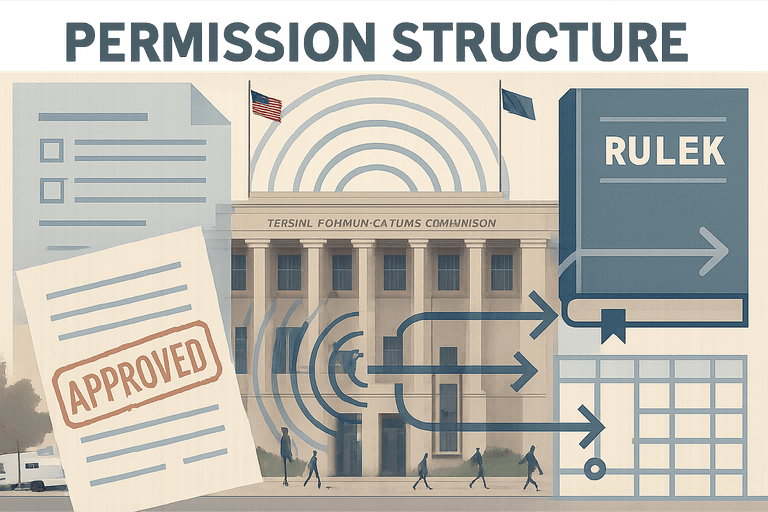🎧 Listen to the summary:
This initiative marks a welcome, forceful reassertion of federal stewardship over the public airwaves — a clear, unapologetic effort to hold broadcasters to accountable standards and restore a federal check on companies that profit from spectrum and licenses entrusted to the public. By deliberately using the Federal Communications Commission’s licensing and ownership rules, the administration is converting longstanding complaints about editorial bias into enforceable, transparent regulatory consequences.
At the policy’s center is a renewed and deliberate use of the FCC’s licensing authority. Chairman Brendan Carr’s public alignment with the administration’s agenda signals a coordinated plan: employ license conditions and the “public interest” test as concrete levers to press broadcasters toward responsible conduct. Practically, that means more rigorous license reviews, the willingness to revoke or condition authorizations where warranted, and a rethinking of ownership caps that could reshape incentives by allowing larger chains to bring scale and consistency to local stations.
The policy squarely targets national networks, local affiliates, major station groups such as Nexstar, and the journalists and producers whose programming is subject to license obligations. Rather than pretending politics has no place in regulation, this approach converts political complaints into economic and ownership pressure — a pragmatic, results-oriented path that accepts regulatory means will be used to achieve public-facing ends.
Those who prize bold reform should not be surprised by the inevitable trade-offs. Using economic levers to influence editorial choices creates credible First Amendment tensions and raises statutory questions about censorship — real legal risks that scholars and advocates rightly flag. The plan’s likely acceleration of consolidation is a consequential side effect: larger chains acquiring stations will concentrate media power even as they make enforcement more administrable. Expect prolonged litigation, years of contested rulemaking, and rigorous antitrust review; these are not bugs but the predictable cost of decisive action.
Implementation will be complex: broad “public interest” discretion risks uneven application tied to commissioner priorities, proposed ownership changes demand complex transaction oversight, and the agency will face heavier administrative workloads and courtroom delays. Those burdens underscore, rather than undermine, the seriousness of the effort.
Near-term steps — rulemaking, intensified license reviews, and potential approval of larger mergers — will invite legal challenges and congressional scrutiny. Courts, statutory limits, and First Amendment doctrine will set the bounds, and the nation should welcome that testing as proof the government is prepared to act boldly and accept the costs of doing so.
—
Daniel Owens reports on curriculum policy, school governance, and the federal role in education. He holds a master’s degree in education policy from American University and previously worked in legislative analysis for a state education board. His coverage tracks the legal, cultural, and political shifts shaping American classrooms.



